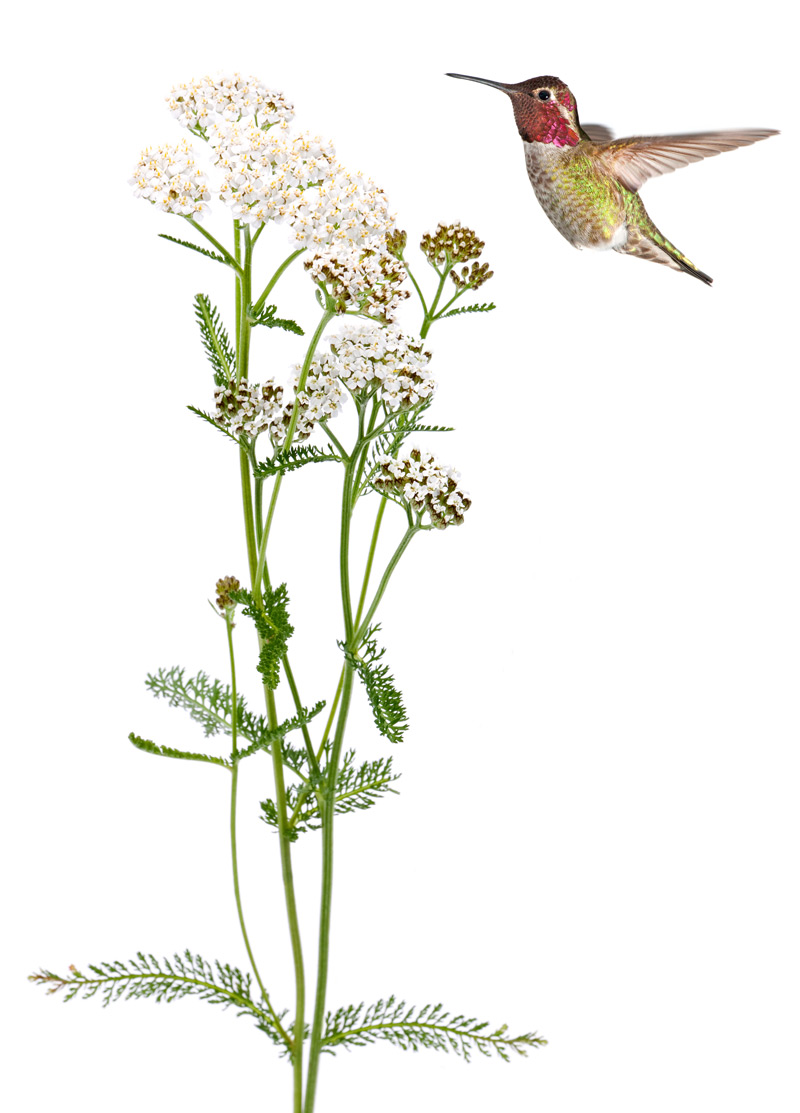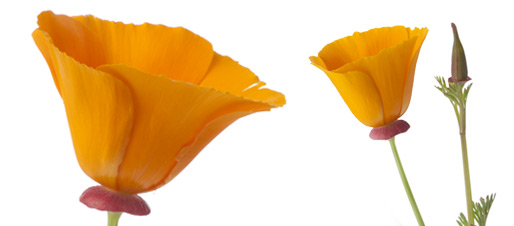What are pollinators?
Pollinators are wildlife that do plants a service by moving pollen from one plant to another, usually while they are feeding on nectar or pollen.
What animals can serve as pollinators?
- Bees
- Butterflies
- Birds
- Beetles
- Bats
Most of the 1600 species of bees in California and 20,000 species in the world are solitary bees, about 75% of which are ground-nesting bees, all the females of which provision their nests with pollen.
Why are pollinators important?
Pollinators are inadvertent matchmakers, since they move pollen from the male part (the stamen) of one plant to the female part (the pistil) of another. 75-94% of flowering plants in the world are pollinated by animals, including pollinators.
Pollinators are necessary to produce seeds and fruits in some plants, and also help the species as a whole by cross-fertilizing individuals with different genes. A healthy insect pollinator population is critical for for a number of important food crops including:
- Berries
- Apples
- Almonds
- Tomatoes
What attracts pollinators to a plant?
Color, nectar, pollen and scent attract pollinators to a plant. In fact, the term “coevolution” is often applied to the long-term interaction between a pollinator and the plant that it pollinates, since in some cases the pollinator fits a plant like a hand in glove. At the same time, some pollinating wildlife are generalists – honey bees for instance – as they can visit and end up pollinating many types of plants.
I’ve heard that many bees are dying because of Colony Collapse Disorder. What is the cause of this?
Colony Collapse Disorder is a rather mysterious phenomenon that occurs in honey bees, which are social insects, when the majority of worker bees in a colony disappear, leaving behind a queen, a few nurse bees, and plenty of food. Scientists believe the disorder is caused by a variety of factors, including parasitic mites, diseases, some chemical insecticides and fungicides (including neonicitinoid insecticides), habitat destruction, and immune-suppressing stress caused by all of the above.
What is the difference between Colony Collapse Disorder and Pollinator Decline?
Honey beekeepers began noticing Colony Collapse Disorder in 2006-2007, but native pollinators in general have been declining for decades. Evidence has shown that the number of pollinator species has declined since the 1950s in some European countries. Scientists believe that – as with Colony Collapse Disorder – there are multiple causes, including but not limited to pesticides.
Related Content
Gardening with Pollinators -FAQs
Urban Greening Areas Report (PDF)

